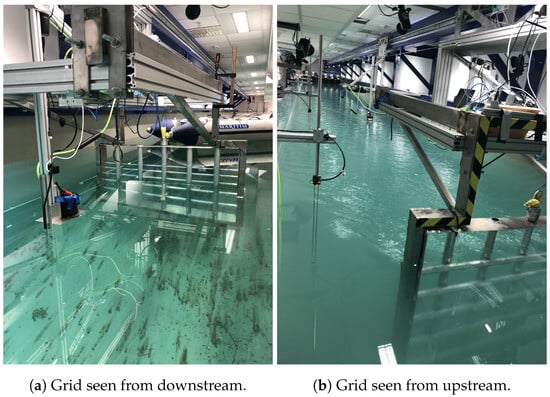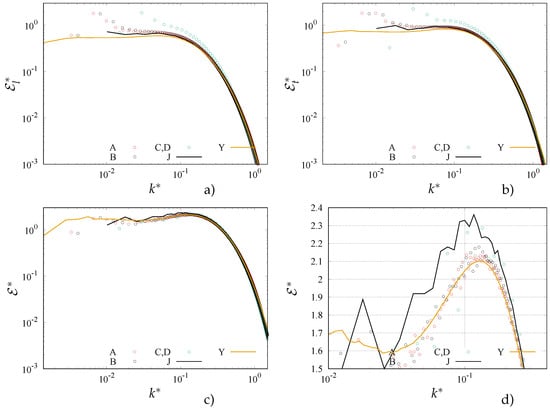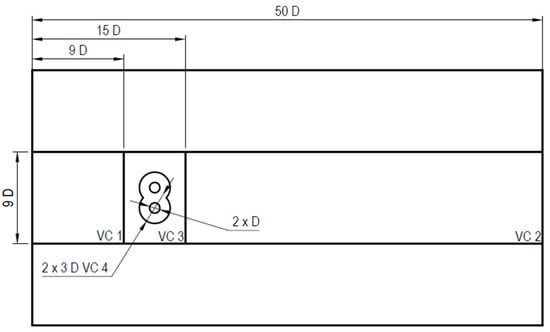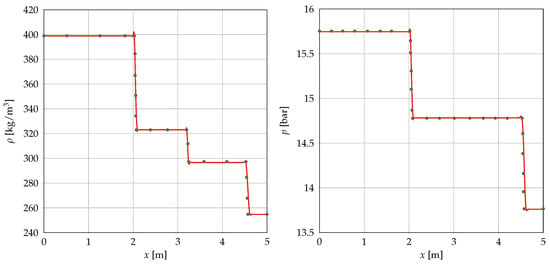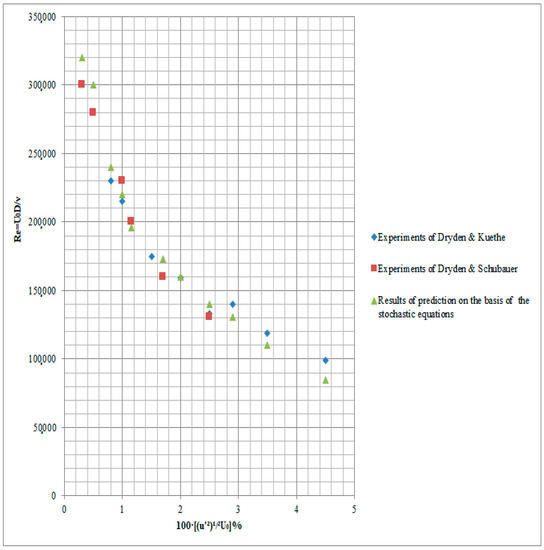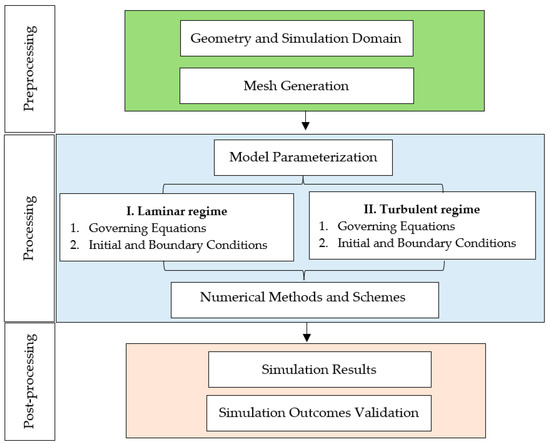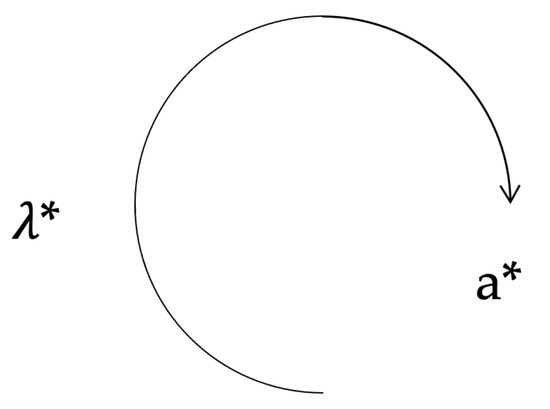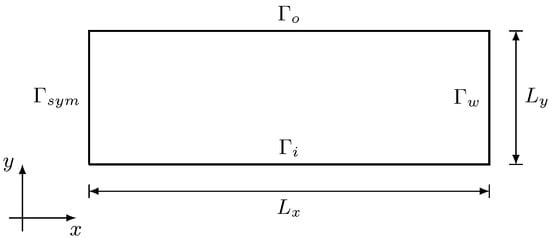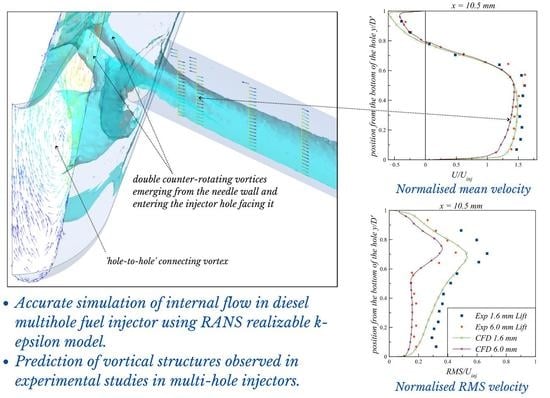Advances in Turbulence
A topical collection in Fluids (ISSN 2311-5521). This collection belongs to the section "Turbulence".
Viewed by 40556Editor
Interests: CFD; reactive flows; combustion; chemical looping; carbon capture and sequestration
Special Issues, Collections and Topics in MDPI journals
Topical Collection Information
Dear Colleagues,
The aim of this Topic Collection is to invite research and review papers from the scientific community engaged in foundational, modeling, computational, and experimental research in turbulence. Turbulent flow investigations in all physical, biological, and engineering sciences are welcome. Foundational papers in turbulence may include statistical methods and theories, chaos theory and reduced order models, and other novel formulations and approaches. Modeling and computational methods may include Reynolds-averaged Navier–Stokes (RANS) models, large eddy simulation (LES), wall-modeled (WM)-LES, wall-resolved (WR)-LES, DES/DDES/IDDES, machine learning and data-driven modeling, transition modeling, intermittancy, uncertainty quantification of turbulence models, and direct numerical simulation DNS. Experimental methods may include hot-wire-anemometry (HWA), laser-Doppler-velocimetry (LDV), particle-image-velocimetry (PIV), and flow visualization techniques. Applications may include atmospheric, oceanic, and other nature-occuring flows, bioological/biomimitic flows, and flows related to industries such as aircraft, turbomachinery, automotive, agriculture, energy, and the environment, etc.
Prof. Dr. Ramesh Agarwal
Collection Editor
Manuscript Submission Information
Manuscripts should be submitted online at www.mdpi.com by registering and logging in to this website. Once you are registered, click here to go to the submission form. Manuscripts can be submitted until the deadline. All submissions that pass pre-check are peer-reviewed. Accepted papers will be published continuously in the journal (as soon as accepted) and will be listed together on the collection website. Research articles, review articles as well as short communications are invited. For planned papers, a title and short abstract (about 100 words) can be sent to the Editorial Office for announcement on this website.
Submitted manuscripts should not have been published previously, nor be under consideration for publication elsewhere (except conference proceedings papers). All manuscripts are thoroughly refereed through a single-blind peer-review process. A guide for authors and other relevant information for submission of manuscripts is available on the Instructions for Authors page. Fluids is an international peer-reviewed open access monthly journal published by MDPI.
Please visit the Instructions for Authors page before submitting a manuscript. The Article Processing Charge (APC) for publication in this open access journal is 1800 CHF (Swiss Francs). Submitted papers should be well formatted and use good English. Authors may use MDPI's English editing service prior to publication or during author revisions.
Keywords
- statistical theories of turbulence
- chaos theory of turbulence and reduced order models
- Reynolds-averaged Navier–Stokes (RANS) turbulence models of all types and categories
- large eddy simulation (LES) including wall-modeled (WM) LES and wall-resolved (WR) LES
- hybrid RANS/LES (DES, DDES, IDDES, SBES)*
- data-driven modeling including improvement of turbulence models using uncertainty quantification (UQ) and machine learning
- intermittency and transition modeling including methods based on non-linear stability theory
- direct numerical simulation (DNS)
- hot-wire-anemometry (HWA), laser-Doppler-velocimetry (LDV), particle-image-velocimetry (PIV)
- flow visualization
- applications to atmospheric, oceanic, and other nature-occurring flows
- applications to external and internal biological/biomimetic flows
- applications to aircraft, turbomachinery, automobiles, and other industrial products
- applications to problems in energy, the environment, and agriculture etc.
- any topic or application related to turbulence
*DES= Detached Eddy Simulation, DDES = Delayed Detached Eddy Simulation
IDDES= Improved Detached Eddy Simulation, SBES= Stress Blended Eddy Simulation






